
Consider this: Just last month, market leader Honda Motorcycle and Scooter India (HMSI) ramped up the production of its scooter range by as much as 27 per cent on the back of a demand surge. The company kick-started the third assembly line at its factory on November 1 to keep pace with the demand growth.
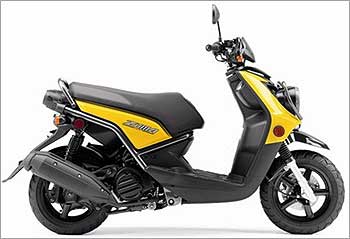
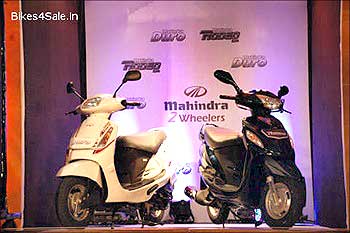
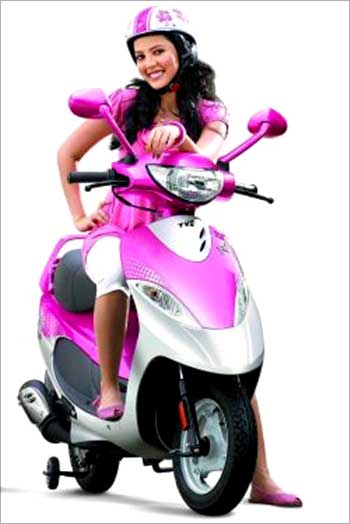
Chennai-based TVS Motors, makers of the Scooty brand of gearless scooters, launched 110cc unisex scooterette Wego last month. The Wego is priced on a par with Honda's top selling Activa.
The reason for this hyper-activity is simple: The Indian scooter market, currently at 1.2 million units annually, is growing at 15 per cent.
Just a year ago, of every 100 two-wheelers sold in the country, only 12 were scooters. That number went up to 16 in the past financial year and is projected to zoom to almost 20 this year. There's more: the scooter market grew in double digits last fiscal, outperforming the two-wheeler market, which grew 2.6 per cent in the same period.
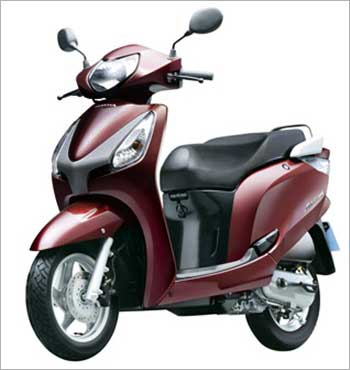
The waiting list for scooters has also made a comeback, something unthinkable a couple of years back. HMSI, for example, has a two- to three-month waiting period for its scooters; six months ago it was just 10 days.
The company hopes to bring down the waiting period to one-two months by ramping up monthly production.
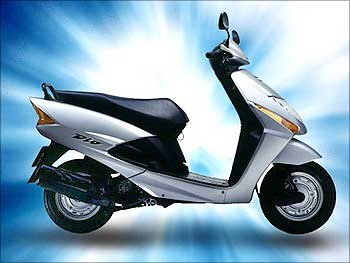
"The demand for Activa, Aviator and Dio (its range of automatic scooters) has forced us to increase production to 2,800 units per day from 2,200 units. About 65 per cent of our current production is for scooters," Rattan says.
Devendra Shinde, VP marketing, two-wheeler sector, M&M, says, "From a geographical perspective, we expect the demand for scooters to continue to be good in the urban areas, especially in tier-I and tier-II towns."
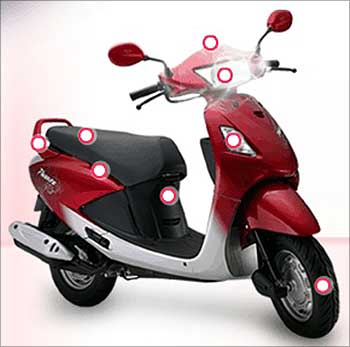
Hero Honda, another major player, is selling over 16,000 of its newly-launched Pleasure automatic scooter every month.
HMSI has a dominant 55 per cent market share, followed by TVS Motors with 19 per cent and Hero Honda with 14.5 per cent.
Most companies currently produce scooters in the 100-125cc range that are targeted at customers who want higher mileage and are ready to compromise on power. Generally, an entry-level bike (100cc) is more powerful and economical than a gearless scooter.
To counter this, companies are working on scooter models that generate higher power without undermining the fuel economy.
The result will be a product that matches the performance of motorcycles, while being more comfortable, agile and easy on the pocket.
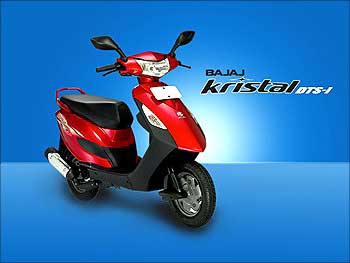
The company, which dominated the scooter market with Chetak and Super, suffered badly in the 1990s with the coming of mobikes in the market, and saw scooter volumes drop to barely a couple of hundred per month.